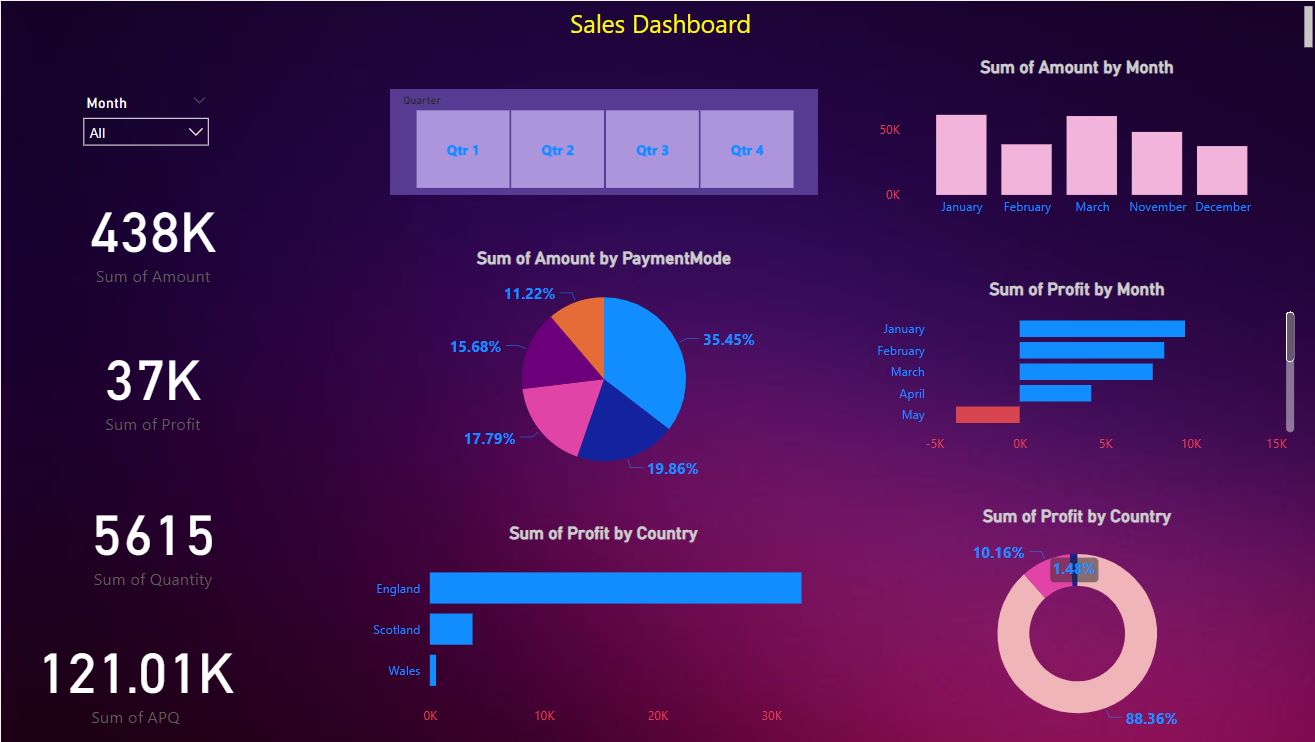Business Analyst Course
Our Business Analyst courses are designed to align with market demands. Through hands-on experience with real data and practical insights, you'll master core concepts and develop the skills of a proficient analyst. Our courses go beyond job descriptions, making you highly employable and adaptable to future tools in your chosen course's domain. With our training, you'll have the knowledge and expertise to excel in the dynamic world of business analysis and deliver value to any organization.
Course Overview
Our comprehensive Business Analyst course combines a diverse range of essential skills, with Data Science as an integral component, to prepare students for thriving careers in this dynamic field. This program offers a deep exploration of Business Analysis, from understanding the pivotal role of a Business Analyst to mastering advanced techniques like Business Process Modeling, CATWOE, MoSCoW, MOST Analysis, PESTLE Analysis, SWOT Analysis, and the "6 Thinking Hats" approach for creative problem-solving. Additionally, students will gain a solid foundation in Data Science, covering key areas such as Mathematics, SQL, Python, and Machine Learning, enabling them to apply data-driven insights effectively within the realm of Business Analysis. This holistic approach ensures that our graduates are well-equipped to excel in the multifaceted world of Business Analysis, where data analytics plays a vital role in informed decision-making and strategic planning within organizations.
Suitable For
This course is suitable for
Individuals who want to pursue a career as a business analyst can benefit from a business analysis course.
Even experienced business analysts can benefit from advanced or specialized courses to enhance their skills and stay up-to-date with industry best practices.
Project managers who want to improve their ability to analyze and document business requirements and collaborate effectively with business analysts can also benefit from these courses.
Individuals who have an interest in process improvement, problem-solving, and making data-driven decisions can find value in business analysis courses.
Entrepreneurs and small business owners can benefit from business analysis training to improve their ability to understand and optimize their business processes.
Course Modules
Beginners in business analysis will gain a strong foundation in principles and their organizational role. They'll develop effective communication, problem-solving, data analysis, and process optimization skills. The course also covers software tools, project management, stakeholder engagement, critical thinking, documentation, quality assurance, and ethical considerations.
- Introduction to Business Analyst
- BA understanding Through Story ( Example )
- Business Process Modeling (BPM)
- CATWOE (Customers, Actors, Transformation Process, Worldview, Owner, Environmental Constraints)
- MoSCoW (Must or Should, Could or Would)
- MOST (Mission, Objectives, Strategies, and Tactics) Analysis
- PESTLE Analysis
- SWOT Analysis
- 6 Thinking Hats
Excel skills enable users to manage, modify, and analyze massive datasets with ease. It includes vital components like PivotTables and PivotCharts as well as sophisticated operations like VLOOKUP, INDEX, MATCH, and IF expressions. Advanced Excel is well known and frequently used in data analysis because of its adaptability, flexibility, and user-friendly interface.
- The basic IT functions
- Creating and using a range of name
- Locate formulas
- IFERROR
- VLOOKUP & HLOOKUP
- INDEX & MATCH
- Analyzing Your Data
- Set up Pivot tables
- Grouping your data
- Amend Pivot Tables with new data
- Use a slicer to filter your data
- Combining slicers to more than one Pivot Table
- Using a timeline
- Organize a Pivot chart
- Reducing Your Audit Risk
- Data Recognition
- Use of Trace Precedents
- Use of Trace Dependents
- Eliminate Arrows
- Flaws checking
- Check out Formula
- Watch Window
- Enhance Your Workflow
- Set up Macro security
- Recording Macros
- How to edit Macro
- Understanding the VBA edit window
- Allow & run a Macro from the ribbon
- Saving & using a Macro-enabled Workbook
- Deleting your Macro
- Additional Topics
- Scenarios
- Goal Seek
Mathematics and statistics are crucial in machine learning, providing tools for creating models that learn from data and make accurate predictions. Linear algebra, calculus, and probability theory are used in algorithms, while statistics analyzes data, identifies patterns, and predicts outcomes. Strong knowledge in these areas is necessary for success in machine learning.
1. Mathematics
- Linear Functions
- Linear Algebra
- Vectors
- Matrices
- Tensors
2. Statistics
- Descriptive
- Variability
- Distribution
- Probability
SQL is critical in machine learning, allowing efficient data retrieval and analysis from relational databases. It ensures accurate analysis of large data sets, with solid understanding essential for success.
- DDL and DML in MySQL and setup
- ERD Diagrams and Relational Mapping
- Data normalization
- Basic Queries
- Database Manipulation
- Table Manipulation
- Relational Algebra
- Advanced SQL - Joining, Subquery, Views
- Database Security
- Multiple Activities to Perform
Python is a widely-used programming language in machine learning. It offers powerful libraries, tools, and frameworks for data analysis, modeling, and visualization. Python's simplicity and flexibility make it a popular choice for building machine learning models and deploying them in real-world applications.
- Python Setup and What is Python?
- Data Types and Syntax
- Comparison Operators
- Python Loop
- Python Statements
- Logical Operators
- Methods and Functions
- Error and Exception Handling
- Modules Packages and libraries
- Debugging
- Advanced python Modules (DateTime)
- File Management
- Multiple Activities to Perform
- Multiple Projects to Build
R is a popular language for data analysis, statistical modeling, and data visualization. Here are some of the things you can learn in R:
- Basics: Installation, data types, and simple operations
- Data Structures: Vectors, data frames, and lists
- Data Import/Export: Loading and saving data
- Manipulation: Subsetting, filtering, and transformations
- Visualization: Basic plotting and ggplot2
- Statistics: Summary stats and basic analysis
- Control Structures: If-else and loops
- Functions: Creating and using functions
- Packages: Extending R's capabilities
- R Markdown: Creating documents
- Help/Documentation: Accessing assistance
- Data Analysis: Exploring datasets
- Error Handling: Troubleshooting errors
Machine learning is a subset of artificial intelligence that enables computers to learn from data and make predictions or decisions without being explicitly programmed. It involves the use of algorithms, statistical models, and data to build predictive models and uncover insights from large datasets.
- Data Preprocessing
- Supervised Learning
- Unsupervised Learning
- Regression Models
- Simple Linear Regression
- Multiple Linear Regression
- Polynomial Regression
- Random Forest Regression
- Topics such as
- Assessing a Regression Model
- Bias vs Variance
- Regularisation
- Gradient Descent
- Classification Models
- Decision Tree Classification
- K-Nearest Neighbor
- Logistic Regression
- Na誰ve Bayes
- Random Forest Classification
- Support Vector Machines
- Additional Topics
- Assessing a Classification Model
- Adaboost
- Gradient Boosting
- XGBoost
- Grid Search CV
- Clustering Models
- Hierarchical
- K-Means Clustering
- Association
- Apriori
- Eclat
- Build Dashboards for Data Visualisation
- Solved Sample Code Files for easy practice
- Access to Multiple Datasets
- 7+ Real world data projects
Power BI is a powerful data visualization tool that enables analysts to create interactive dashboards, reports, and visualizations. With its user-friendly interface and robust features, Power BI empowers users to transform raw data into insightful and visually engaging representations. Analysts can easily explore data, identify trends, and communicate findings effectively, making Power BI an indispensable tool for data-driven decision-making.
- Introduction to Power BI
- Overview of Power BI
- Advantages of Power BI
- Power BI components
- Power BI service vs Power BI desktop
- Data Sources and Connections
- Data sources overview
- Connecting to different data sources
- Working with data in Power BI
- Data Transformation and Modeling
- Data transformation and cleaning
- Data modeling
- Creating relationships between data tables
- Visualization
- Basic visualization types
- Customizing visualizations
- Working with visuals and filters
- DAX Functions
- Introduction to DAX functions
- DAX formulas and expressions
- Aggregating and summarizing data with DAX
- Sharing and Collaboration
- Sharing and publishing reports
- Managing access to reports
- Collaboration with Power BI
- Advanced Topics
- Advanced data modeling
- Custom visuals and extensions
- Power BI embedded
- Case Studies and Hands-On Projects
- Real-world case studies
- Hands-on projects with Power BI
Tableau is a user-friendly business intelligence and data visualisation application that creates interactive visualisations from data to help organisations make decisions based on that data.
- Tableau Installation
Installing Tableau on your computer will allow you to undertake data analysis.
- Tableau UI
You will learn how to utilise the Tableau user interface to do research and create data visualisations.
- Tableau UI Components
Utilising elements for building visualisations, including as sheets and legends, using Tableau UI components.
- Tableau Marks Card
Manages how data points look in a display.
- Tableau Functions
Understanding built-in data manipulation algorithms using Tableau Functions.
- Filters in Tableau
Using tools for data focus and visualisation refinement, such as filters in Tableau.
- Forecasting with Tableau
Utilise automated predictions to forecast future data patterns when forecasting using Tableau.
- Parameters
Customising an interactive visualisation by working with dynamic values.
- Measures
The process for using quantitative data in calculations.
- Dimensions
Data categorization and grouping using categorical variables.
Project In Tableau
- House Data Dashobard - Project I
- Jobs Data Dashboard - Project II
Career Path
Business Analyst
Operations Analyst
Product Manager
System Analyst
Business Intelligence
Business Consultant
IT Business Analyst
Certification
Participants will receive certificates from Future Connect Training to mark their success and the priceless information they have learned after completing the training program.

This course includes:
- Introduction to Business Analysis
- Business Analysis Understanding
- Business Analysis Techniques
- Learn Python, R & SQL (Database)
- Learn Data Science and Machine Learning Skills
- Learn some popular software such as VS Code, XAMPP/MAMPP, Anaconda RStudio
- Learn some popular libraries such as ScikitLearn and TensorFlow(Keras) Pandas, Numpy, Matplotlib, ggplot2, HMISC.
- Creative Activities, Lectures and more
- Masters level Course Content with Hands-on Training
- Multiple Projects to test your skills upon
- Join the leading Industry with over 20 billion Pounds of investment


